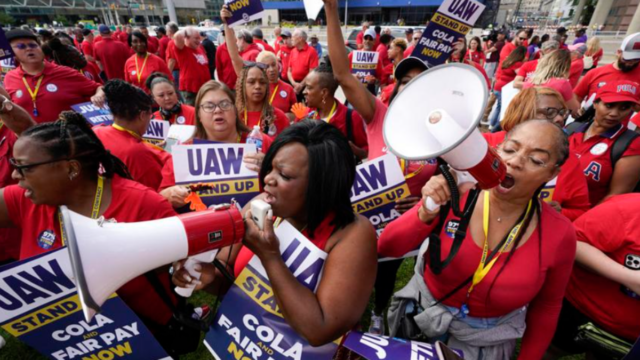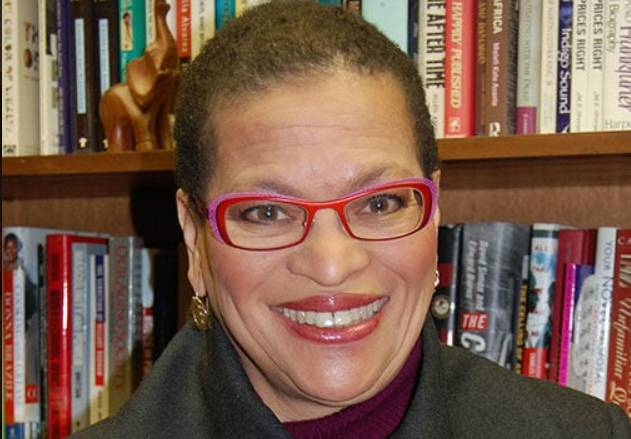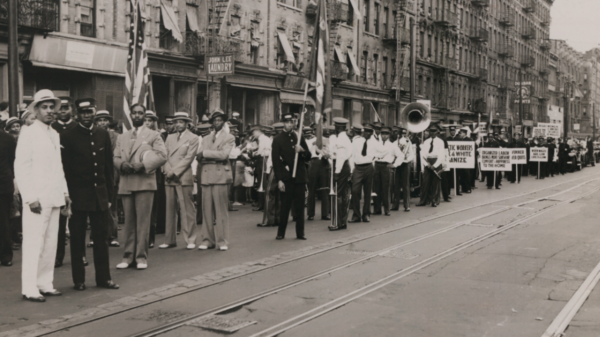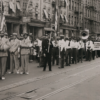
By Julianne Malveaux
The United Auto Workers and the Big Three automobile manufacturers — Ford, General Motors, and Stellantis — haven’t been able to agree on worker compensation, and no wonder.
The UAW leader, Shawn Fein, is fiercely committed that workers should be better compensated and should recoup some of the concessions they made to manufacturers when the automobile industry was in trouble in 2009.
On the other side, the CEOs of the big three are touting their “generous” offer to the union, claiming they’d be bankrupt if they met union demands, and using terms like “class warfare” to describe the current stalemate.
CNBC anchor Jim Cramer was among the first to mention class warfare when the UAW offered a set of reasonable demands. He fails to understand that when CEOs make hundreds of times more than the average worker, there is some kind of warfare. Predatory capitalists extract surplus value from workers and direct it to shareholders and themselves. Thus, Ford GM Mary Barras earns more than $30 million a year, 362 times the average worker’s earnings. Stellantis CEO Carlos Tavares earns more than $24.8 million, 365 times the average worker. And Ford’s James Farley earns $21 million, 281 times as much as the average worker.
Mary Barras defended her high salary by indicating that her pay is “performance-based.” She would not have performance were it not for worker productivity, but there is a gap between worker pay and productivity. Predatory capitalists are capturing the benefits of both worker productivity and worker concessions, resulting in record profits among auto manufacturers. President Joe Biden was spot on when he said that record profits should mean record contracts. In other words, pay the people whose labor contributed to the record profits.

While the Big Three CEOs saw their compensation rise by at least 40% in the last four years, they’d deny similar pay increases to their workers. Indeed, the average auto worker earns $28 an hour, just a dollar, or less than 4%, more than last year. Those hired before 2007 earn $33 an hour, but those employed after 2007 make only $17 an hour, the two-tier compensation the UAW is fighting to eliminate.
How fair is it that two workers, standing side by side, have such a pay differential, one earning about half of what the other is making? That’s called worker exploitation. The UAW agreed to it under challenging circumstances, and those circumstances don’t exist anymore. By the way, the lower-paid workers also get fewer health and pension benefits, and the union proposal is partly about equalizing some of these benefits. The quest for fairness is something that CNBC’s Cramer describes as “frightening.”
What is frightening is the increasing poverty in our nation. It’s frightening that predatory capitalists are getting away with extreme exploitation. It is frightening that CEOs make so much compared to labor and find nothing wrong with this. And it is empowering to see UAW President Shawn Fein fight fearlessly for workers in the face of CEOs who whine about a bankruptcy that won’t happen unless they figure out how to cut a deal with labor.
If they disagree, the consequences can be dire. If the 150,000 workers in the UAW all strike simultaneously, the union has enough in the strike fund to keep them out for three months. Meanwhile, the auto industry may lose over $5 billion, and a strike may push the economy toward a recession.
Auto workers aren’t the only ones at risk. Those who supply auto manufacturers with parts will probably have to lay workers off if auto manufacturing slows. There may be fewer automobiles available, and the fourth quarter is often a time when car sales go up. Fewer cars may also mean inflationary increases in automobile prices. If all auto workers go out at the same time, it will be catastrophic for the economy. Even if fractions go out, as 12,000 did on Friday, Sept. 15, it will disrupt the economy.
The auto strike encourages other workers to stand up for themselves. Kaiser employees will strike by the end of this month if they can’t agree with management about the terms and conditions of work. Others are considering strikes, and labor unrest is at an all-time high.
Workers want to be paid fairly. That’s not class warfare, that’s survival. To the extent that predatory capitalists resist paying fairly, there has always been class warfare.
Julianne Malveaux is an economist, author and educator in Washington, D.C. TriceEdneyWire.com









You must be logged in to post a comment Login